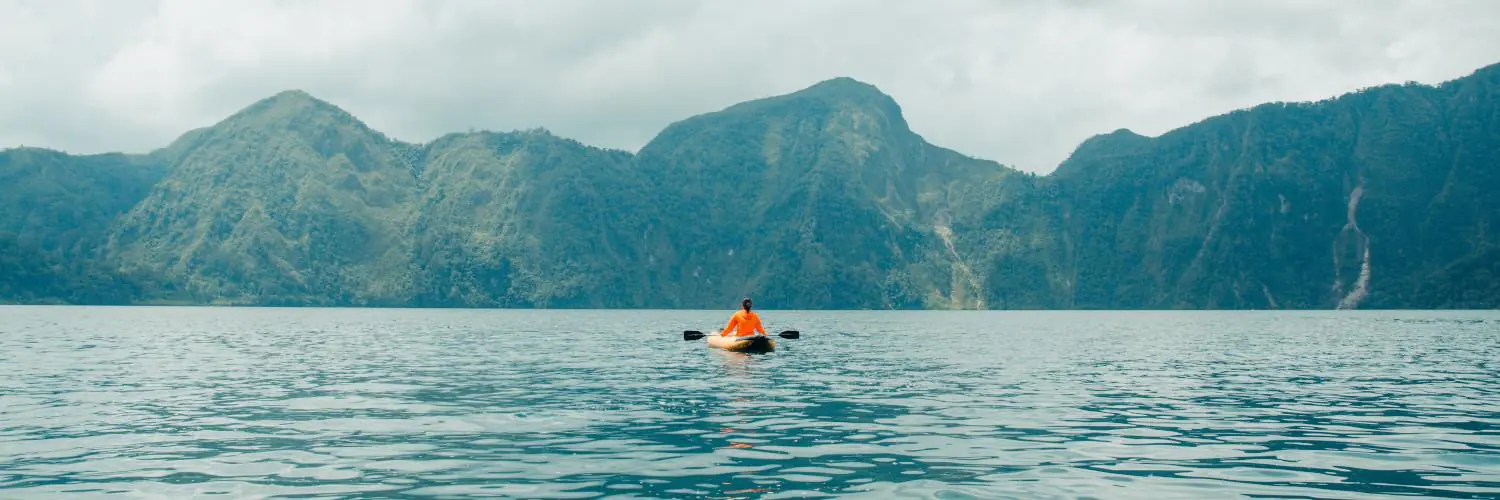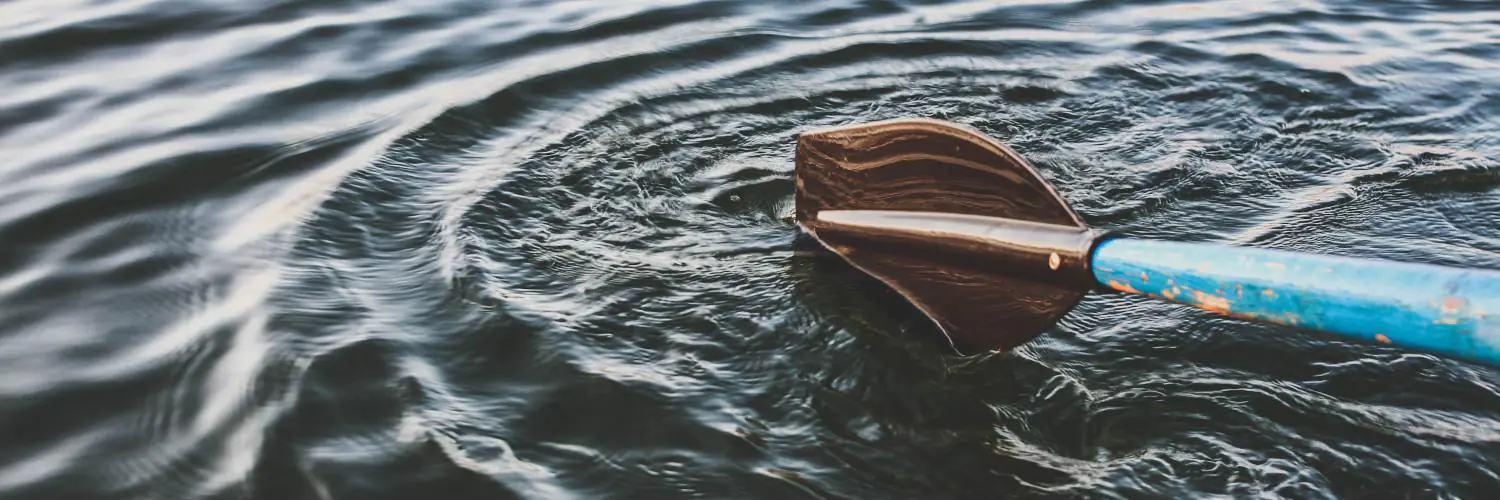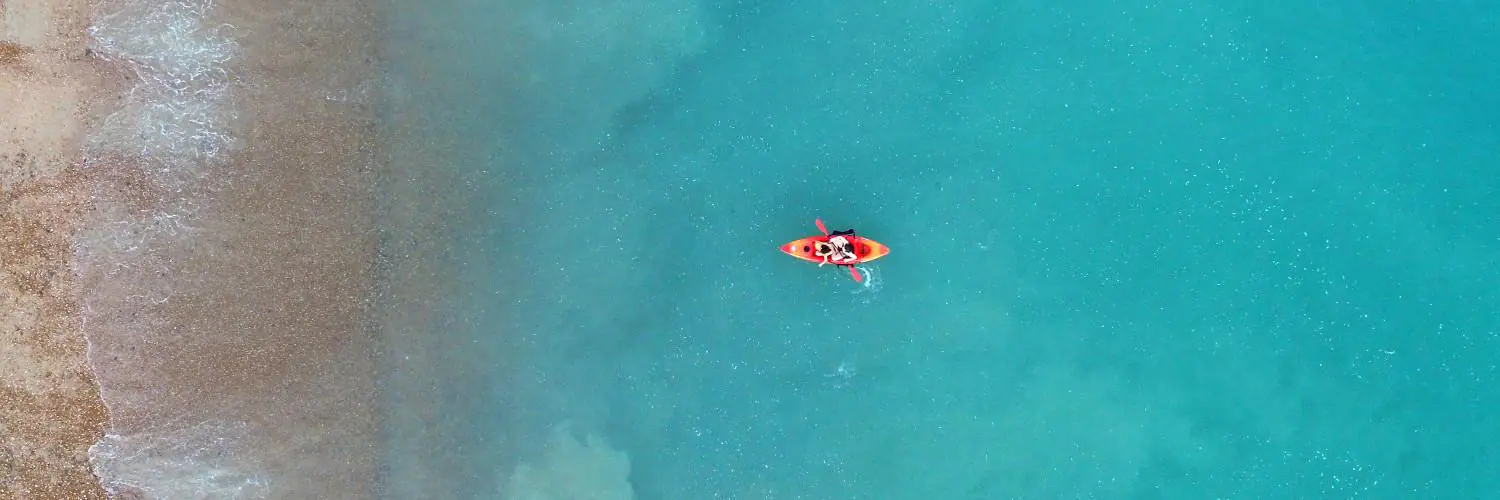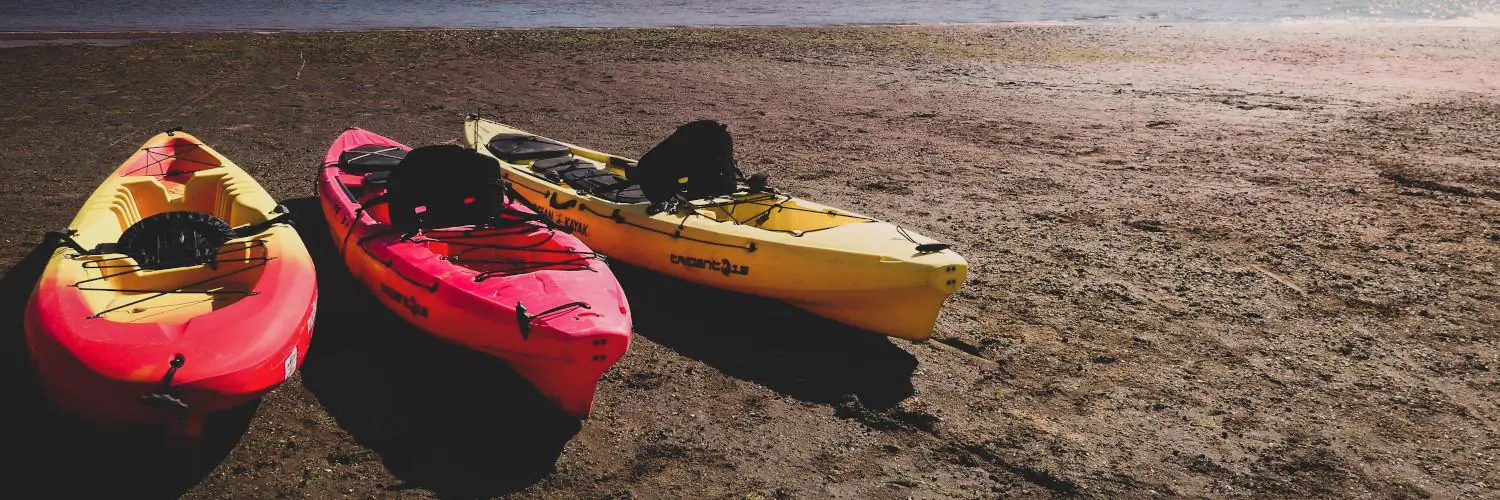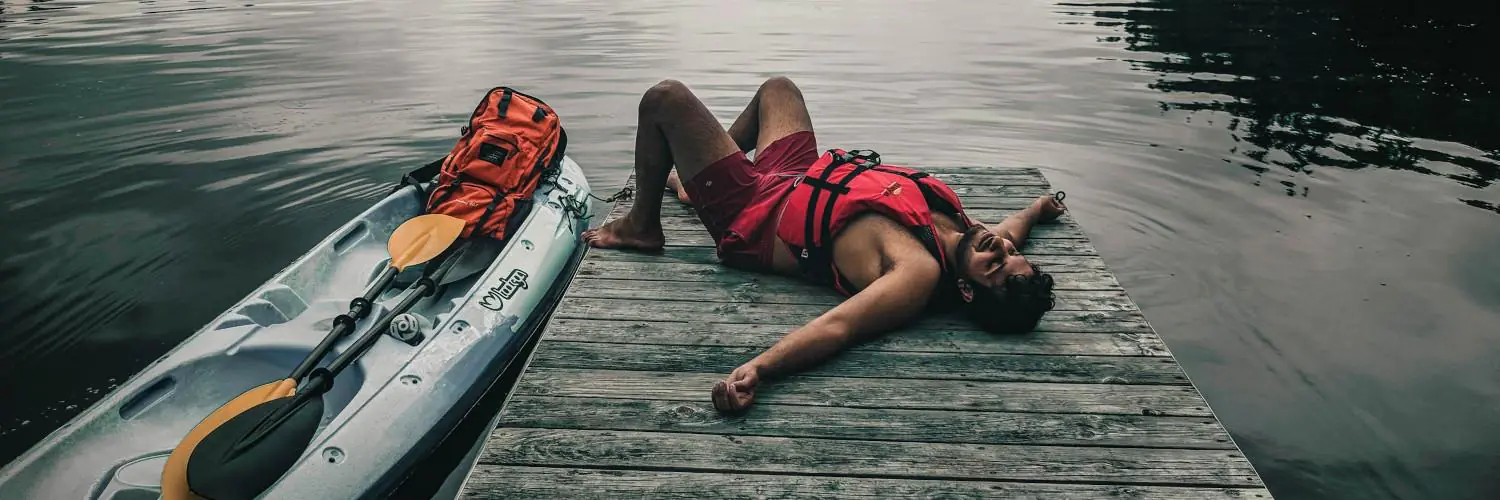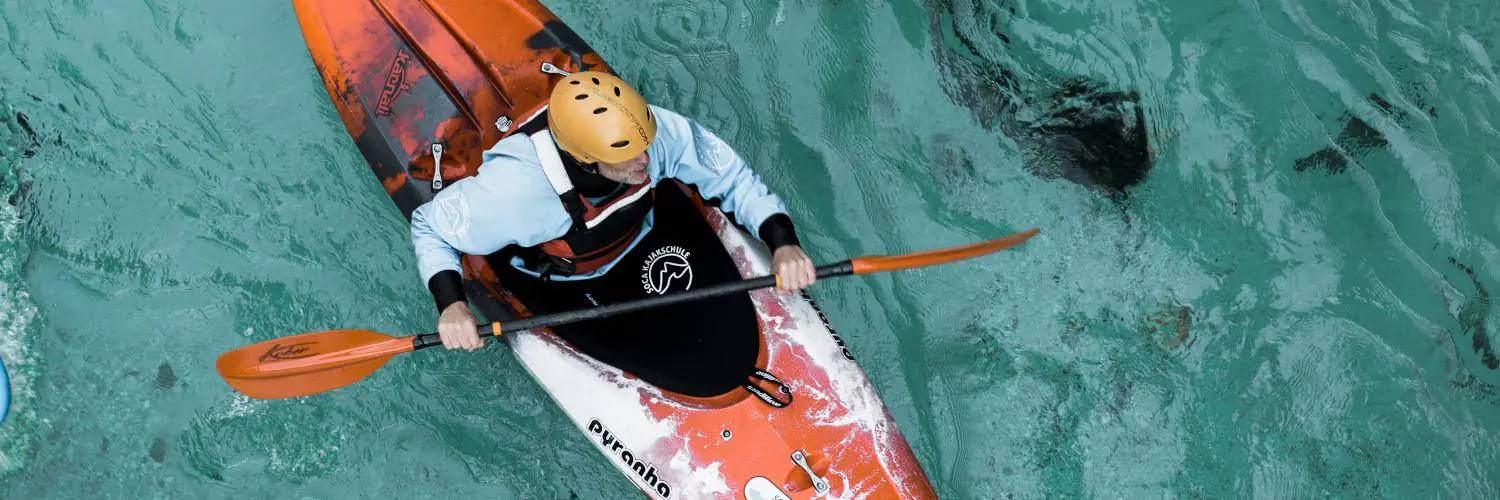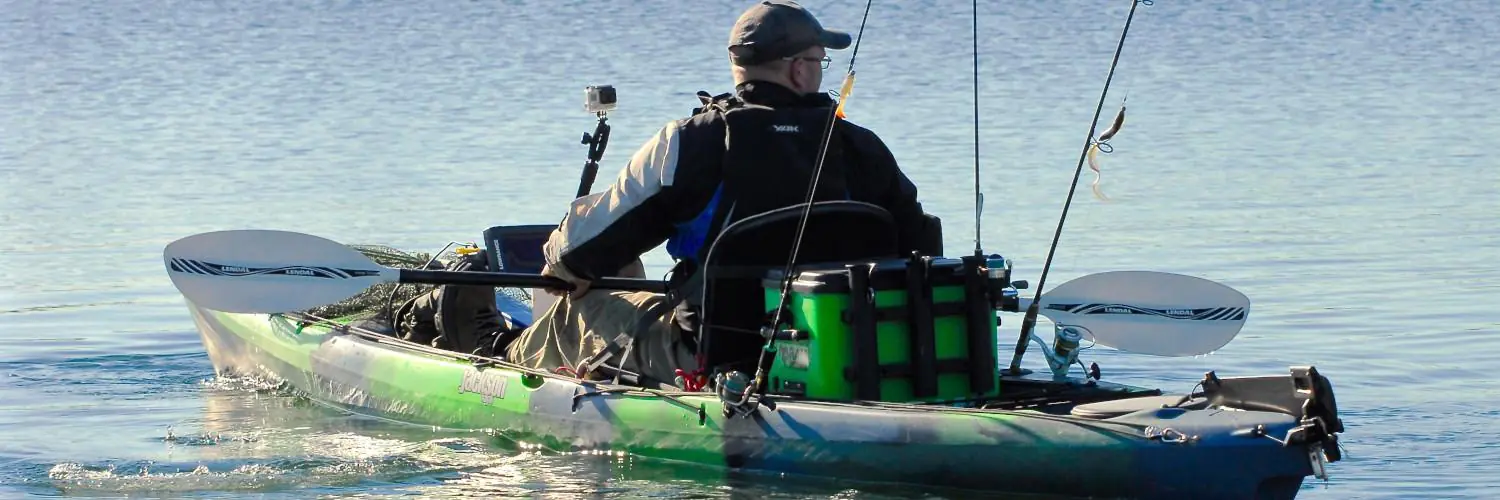Sea kayaking offers an exciting way to explore coastal waters and experience nature up close. But before embarking on your adventure, it’s crucial to have the right gear. A well-prepared sea kayaker needs more than just a kayak and paddle.
Essential equipment for sea kayaking includes a personal flotation device (PFD), spray skirt, bilge pump, and paddle float. These items help keep you safe on the water and allow you to handle unexpected situations. The PFD provides buoyancy if you capsize, while the spray skirt keeps water out of your kayak. A bilge pump lets you remove water from inside the kayak, and a paddle float aids in self-rescue.
Beyond the basics, sea kayakers should consider bringing navigation tools, emergency signaling devices, and appropriate clothing for changing weather conditions. A waterproof first aid kit, repair supplies, and extra food and water are also smart additions to your gear list. With the right equipment, you’ll be ready to enjoy a safe and comfortable sea kayaking experience.
Table of Contents
Choosing the Right Kayak
Selecting a sea kayak requires careful consideration of design features and intended use. The right kayak can make a big difference in your paddling experience.
Sea Kayak Varieties
Sea kayaks come in different shapes and sizes. Touring kayaks are long and slim, built for covering distances on open water. They range from 12 to 24 feet in length. Longer kayaks move faster but can be harder to turn.
Sit-inside kayaks offer more protection from the elements. They have a cockpit where the paddler sits inside the boat. This design helps keep you dry and warm in cold conditions.
Sit-on-top kayaks are easier to get on and off. They’re great for warm weather and are very stable. These kayaks are often wider than sit-inside models.
Key Features of a Touring Kayak
Touring kayaks have special features for sea use. They often have a V-shaped hull that cuts through waves and tracks well in straight lines. This shape helps with stability in rough waters.
Most sea kayaks have storage compartments. These watertight spaces let you pack gear for longer trips. Look for kayaks with enough storage for your needs.
A rudder or skeg can help with steering. These features make it easier to paddle in wind and currents. Not all kayaks have them, but they can be useful in challenging conditions.
Comfort is key for long paddles. Check that the seat and foot braces fit you well. A good fit will help prevent fatigue on longer trips.
Essential Paddling Gear
Sea kayaking requires specific gear to stay safe and comfortable on the water. The right equipment helps paddlers navigate, stay afloat, and handle emergencies.
Paddles and Accessories
A good kayak paddle is key for an enjoyable trip. Look for paddles made of lightweight materials like fiberglass or carbon fiber. Paddle length depends on your height and kayak width. Many paddlers prefer feathered blades to reduce wind resistance.
Paddle leashes prevent losing your paddle if you capsize. They attach the paddle to your kayak or life vest. Some paddlers use spray decks to keep water out of the cockpit in rough conditions.
A paddle float aids in self-rescue. It attaches to your paddle blade to provide extra stability when re-entering your kayak.
Personal Flotation Devices
Personal flotation devices (PFDs) are must-have safety gear. Choose a PFD designed for sea kayaking. It should fit snugly and allow free arm movement.
Look for features like pockets for storing small items. Some PFDs have attachment points for safety gear. Bright colors increase visibility on the water.
Always wear your PFD while kayaking. Even strong swimmers need this vital safety equipment.
Safety and Navigation Equipment
A compass is essential for navigation. Many kayakers use GPS devices as backup. Waterproof maps of the paddling area are also important.
Helmets protect your head in rocky areas or rough water. They’re especially important for sea cave exploration or surf zones.
Towlines help rescue other kayakers or tow tired paddlers. Choose a quick-release system for safety.
Pack a basic first aid kit and emergency signaling devices. Flares, whistles, and waterproof flashlights can help in distress situations.
Protection and Clothing
Sea kayaking requires specific gear to keep paddlers safe and comfortable on the water. The right clothing and protective items shield against cold, sun, and spray while allowing freedom of movement.
Appropriate Attire for Sea Kayaking
A wetsuit or drysuit is essential for cold water paddling. Wetsuits provide insulation when wet, while drysuits keep paddlers completely dry. For warmer conditions, quick-drying synthetic layers work well.
A spray skirt attaches to the kayak cockpit rim and the paddler’s waist. It keeps water out of the boat in rough seas or when rolling.
Life jackets are a must for all kayakers. Choose a model designed for paddling that allows arm movement. Bright colors increase visibility on the water.
Neoprene booties protect feet and provide grip on slippery surfaces. They work well with wetsuits or drysuits for cold water.
Extremities and Head Protection
Hands need protection from cold, sun, and paddle friction. Neoprene gloves or pogies (mittens that attach to the paddle) keep hands warm in cold conditions.
A wide-brimmed sun hat shields the face and neck from sunburn. It should have a chin strap to stay on in wind. For cold weather, a warm fleece or wool hat is key.
Sunglasses with polarized lenses reduce glare off the water. They should have a strap to prevent loss. UV-blocking lip balm protects against sun and wind.
Camping and Overnight Gear
Packing the right gear for overnight sea kayak trips keeps you safe and comfy. Good shelter, sleeping gear, and cooking stuff are key. Let’s look at what you need.
Shelter and Sleeping Systems
A good tent is a must. Pick one that’s light and easy to set up. Two-person tents work well for most trips. Make sure it’s waterproof.
Sleeping bags should match the weather. For cool nights, get a bag rated for lower temps than you expect. A sleeping bag liner adds warmth and keeps your bag clean.
Don’t forget a sleeping pad. It gives cushion and keeps you warm. Inflatable pads pack small but can pop. Foam pads are tougher but bulky.
Bring a small pillow for comfort. Inflatable camp pillows work great. Or stuff a dry bag with clothes to make one.
Cooking and Food Storage
A small camp stove is key. Bring fuel and matches in a waterproof case. Pack a pot, plate, and mug. Lightweight, non-stick gear is best.
Store food in dry bags to keep it safe from water. Use airtight containers for things that can spill. Bring easy-to-make meals like pasta or rice.
Don’t forget snacks and lunch for paddling. Dried fruit, nuts, and energy bars are good choices. Pack more food than you think you’ll need.
Bring a water filter or purifier. You’ll need lots of water for cooking and drinking. Fill up whenever you can.
Safety and Emergency Equipment
Proper safety gear and emergency equipment are vital for sea kayaking. These items help protect you from the elements and enable you to call for help if needed.
Essential Safety Gear
A personal flotation device (PFD) is the most important piece of safety gear for sea kayaking. Always wear a Coast Guard-approved PFD that fits snugly. Bring a bilge pump to remove water from your kayak if it capsizes.
A repair kit with duct tape and spare parts can fix minor issues. Pack a first aid kit with bandages, antiseptic wipes, and any personal medications. Sunscreen and lip balm protect your skin from harsh sun and wind.
Float bags increase buoyancy if your kayak takes on water. A knife can cut tangled lines in emergencies. A headlamp or waterproof flashlight provides light for night paddling or signaling.
Communication and Signaling Devices
A whistle is a simple but effective way to signal for help. Three short blasts is the universal distress signal. Flares are crucial for sea kayaking – pack both handheld and aerial flares.
A VHF radio lets you contact other boaters and the Coast Guard. Keep it in a waterproof case. A cell phone in a waterproof case can also be useful, but don’t rely on it as your only communication device.
Consider bringing a waterproof case with emergency contact info and a guidebook of the area. For longer trips, a GPS device can help you navigate and share your location with rescuers if needed.

